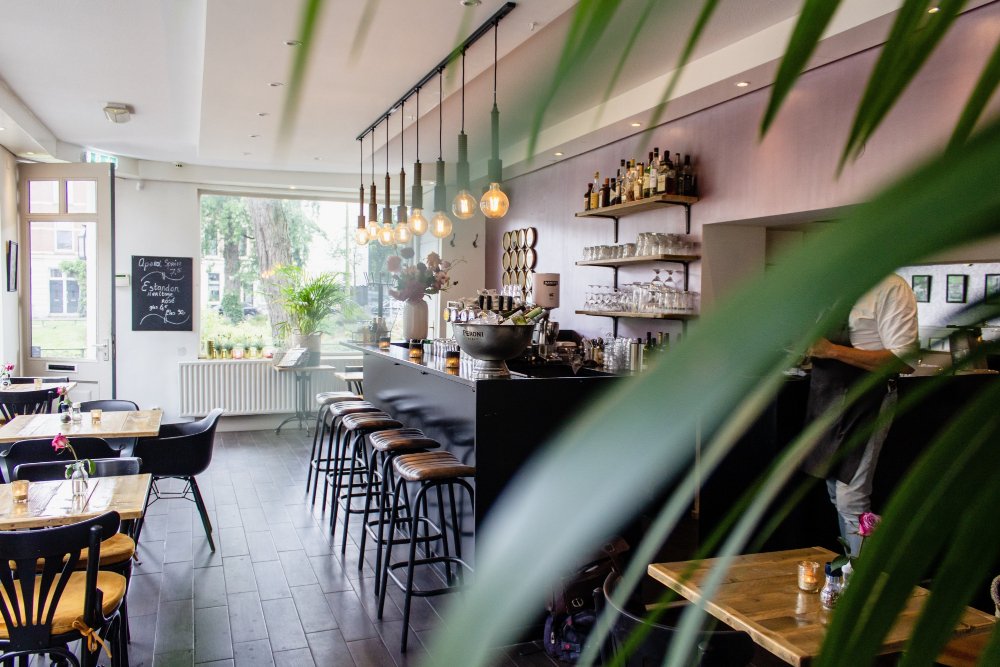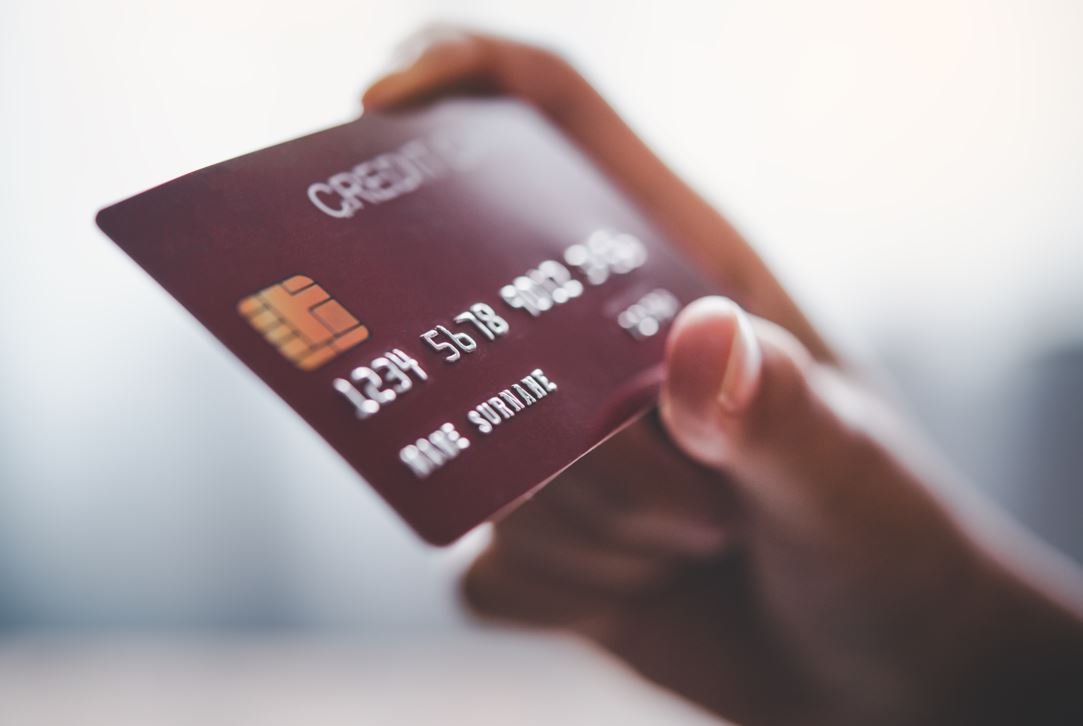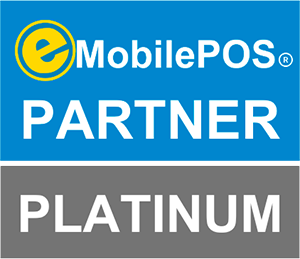Opening a restaurant is an exciting, rewarding, and often challenging journey. Whether you’re launching a cozy café, a food truck, or a full-scale fine dining establishment, preparation is everything. To help you succeed, we’ve created this checklist when opening a restaurant, outlining the essential steps to take before opening your doors.
Checklist when opening a restaurant
There are many moving parts to consider: legal requirements, staffing, layout, technology, and customer experience.
Define your concept and business plan
Before anything else, be clear on what kind of restaurant you’re opening:
- What’s your cuisine?
- Will it be fast casual, fine dining, buffet-style, or a food truck?
- Who is your target audience?
- What will set you apart from the competition?
Once you have your concept, formalize it with a solid business plan. This document should include:
- Mission and vision
- Market analysis
- Menu outline
- Operational plan
- Financial projections
- Marketing strategy
A well-structured business plan not only keeps you focused but is also crucial if you plan to secure investors or loans.
Choose the right location
In the checklist when opening a restaurant you need to consider this. Location can make or break your restaurant. When scouting for a space, consider:
- Foot traffic and parking
- Visibility from the street
- Accessibility
- Proximity to suppliers and your target market
- Lease terms and zoning regulations
Your location should match your concept. A high-end restaurant in a casual, student-heavy area may struggle; likewise, a fast-food spot in a business district might thrive during lunch hours but go quiet after 5 PM.
Secure licenses and permits
This is non-negotiable. Different regions and municipalities have varying requirements, but generally, you’ll need:
- Business license
- Food service license
- Health department permits
- Alcohol license (if applicable)
- Employer Identification Number (EIN)
- Fire safety inspection approval
- Signage permits
Check with your local government early in the process to avoid delays.
Build your menu strategically
Your menu isn’t just a list of food—it’s a marketing and operational tool. Consider:
- Balance between creativity and simplicity
- Ingredient availability and seasonality
- Prep time and kitchen capacity
- Pricing strategy based on food cost margins
Once finalized, design your menu with clear descriptions and visual appeal, both for print and digital platforms.
Purchase equipment and technology
Outfit your kitchen and front-of-house with the essentials:
Kitchen equipment: Ovens, stoves, fryers, grills; refrigeration and freezer units. Also, you are going to need prep tables and cutting stations, and dishwashing areas.
Front-of-house and service area: Tables and chairs, lighting and decor, utensils, dishware, glassware.
Technology and systems: A POS system, reservation software, online ordering setup, kitchen display systems, inventory, and staff management tools. Remember: the right tech helps you stay organized and improves the customer experience.
Hire and train your team
People are the heart of your restaurant. Hiring the right team and training them properly ensures smooth service and builds your brand culture.
Key hires may include:
- Executive chef or kitchen manager
- Line cooks and prep staff
- Servers and hosts
- Bartenders
- Cleaning and dishwashing staff
- Manager or assistant manager
Provide clear job descriptions, conduct background checks, and train on customer service, safety, and your restaurant’s mission. Even a great menu won’t shine with untrained staff.
Design your space
The ambiance of your restaurant affects how people feel when they walk in. Work with a designer if possible to align the layout and décor with your concept. Don’t forget to prioritize:
- Clean flow between the kitchen and dining areas
- ADA compliance and accessible design
- Efficient use of space
- Restroom placement and cleanliness
First impressions count—make sure your space reflects your brand.
Develop a Marketing plan
Before your grand opening, generate buzz. Marketing doesn’t need a huge budget—it needs strategy.
Need a pre-launch marketing checklist? There you have it!
- Create social media accounts and start posting early
- Develop a website with menus, hours, and location
- List your restaurant on Google and review sites
- Offer soft openings or invite-only events
- Build an email list and share updates
Consistent branding, high-quality visuals, and a strong digital presence will help your business stand out.
Establish relationships with suppliers
Reliable vendors keep your kitchen running. You’ll need consistent access to: Produce, proteins, dry goods, beverages, cleaning supplies, and paper products.
Get quotes from several vendors, compare delivery schedules, and understand payment terms. Having backup suppliers can also save you during unexpected shortages.
Plan a soft opening
Before launching fully, host a soft opening, a limited event with guests, family, or local influencers. It’s your chance to test:
- Food prep timing
- Front-of-house communication
- POS and ordering systems
- Customer flow
Gather feedback and use it to fine-tune operations before opening to the public.
Mark this checklist when opening a restaurant
There’s a lot to juggle when opening a restaurant, but having a comprehensive checklist will help you stay organized and confident every step of the way. From paperwork to prep work, each decision sets the foundation for your success.
Following this checklist when opening a restaurant ensures you’re not just opening your doors; you’re building a business with intention, strategy, and the tools to thrive in a competitive market.
And remember: every great restaurant starts with a solid plan.











